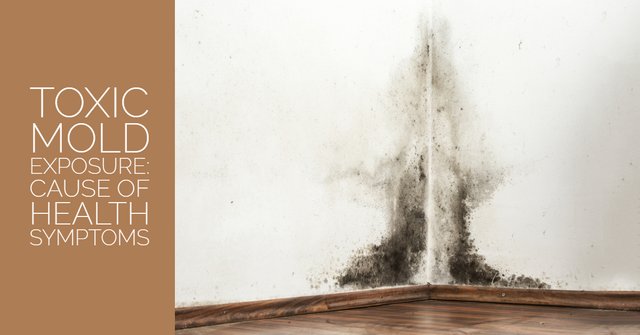Toxic mold exposure can cause health symptoms, including hair loss.
Keeping Hair Loss at Bay
First, toxic mold exposure is a hidden cause of many health symptoms, including hair loss. Second, there can be many factors behind the loss of hair you are experiencing. To find solutions, it is important to get informed and to explore all of the possible reasons behind your hair loss. To go on, many different types of mold can be found inside and outside of the home. Besides, different variations of mold have a different effect on the body. Read on to learn how to recognise and avoid mould.
Mold and Hair Loss
Furthermore, mold produces spores. These spores are released into the air and they float and make their way around your home. Moreover, the reason it is dangerous for us is that we inadvertently inhale those small spores. When mold spores enter the body, they trigger an allergic reaction. As a response to allergens, the human body releases histamines. After all, the goal of histamines is to protect the body from intrusions. However, histamine release leads to inflammation within the body. Ultimately, this swelling disrupts blood flow within your capillaries, which causes mal-oxygenation of the hair. All in all, when your hair does not get the oxygen it needs, it is not adequately nourished. Without the nutrition that it needs, hair becomes brittle and weak, and ultimately it will begin to fall out.
What is mold?
Further, mold is typically found in warm, moist environments. You will find it inside and outside your home. In humid conditions, mold can grow at an extremely rapid rate. It can also become tough to destroy in a wet environment that encourages the growth of mold. The moulds that you must be most cautious of are those that emit mycotoxins. This type of poison can do a lot of damage to your body and your overall health. Black mould is an example of a mold that releases mycotoxins.
What Is Black Mold?
You may have already heard of black mould (Stachybotrys chartarum). It is black in colour and quite easy to identify. At times, it can have a grey/green look to it. You will usually find it growing in warm, moist sections of the home. It likes to grow on surfaces like wood, board, paper and lint. Aside from its distinct colour, black mould has a distinct odour to it as well. An inspector or someone experienced with mold will recognise the smell right away. Most people describe this smell as being musty. If you live in a climate that is naturally warm and moist or your home is warm and humid. Mould and its harmful effects is something you should know about and keep an eye open for. If you are exposed to an environment that is moist and warm, and you are also experiencing hair loss, it is important to consider the possibility that black mould might cause your hair loss. When you inspect your home for mold, pay special attention to areas of the house that are typically damp. Mould is most often found in places like the bathroom, basement and also crawlspaces that you rarely enter. The effect that black mould has on your health and your overall wellness system will very much depend on how long you have been breathing it in. Long-term exposure can lead to increasingly severe health problems.
Do you want to read more about this article?
https://sandra-bloom.com/toxic-mold-exposure-cause-health-symptoms/
Healthy kisses Sandra Bloom xxx